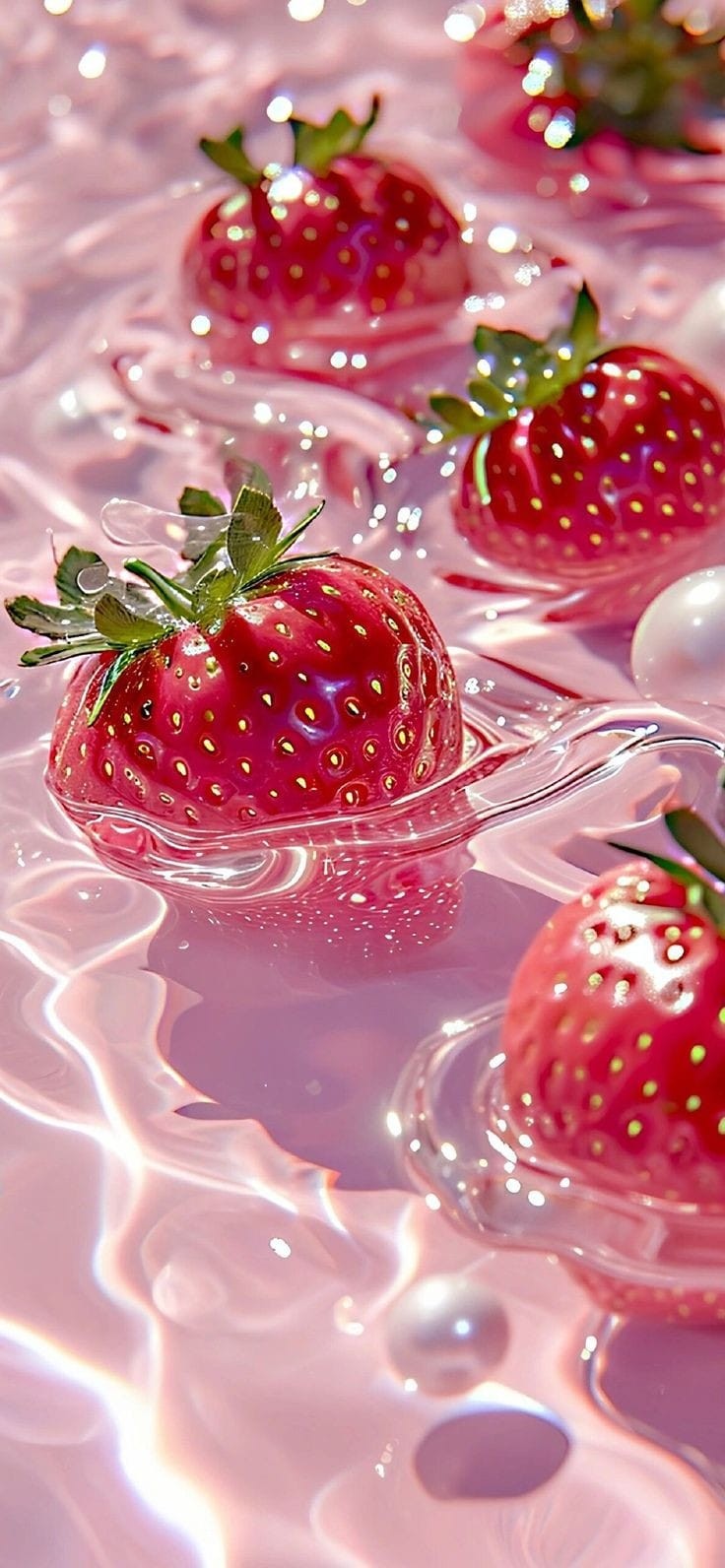Color art typically refers to artwork that emphasizes the use of color as a primary element, whether in painting, digital art, or other visual mediums. It can involve various techniques and styles, from abstract compositions to more representational forms. Here’s an exploration of different aspects of color art:
1. Abstract Color Art
Abstract color art focuses on the use of color to convey emotion, mood, or movement without necessarily representing real-world objects. Artists like Mark Rothko and Wassily Kandinsky are known for their abstract color fields and vibrant compositions. In this style, color combinations, contrasts, and harmonies play a central role in creating the overall effect.
2. Color Theory in Art
Understanding color theory is essential for any artist working with color. Color theory involves the study of how colors interact, including concepts like complementary colors, analogous colors, and the color wheel. Artists use color theory to create balance, contrast, and emphasis in their work. For example, warm colors (reds, oranges, yellows) can evoke feelings of warmth and energy, while cool colors (blues, greens, purples) tend to have a calming effect.
3. Impressionism and Color
Impressionist artists like Claude Monet and Pierre-Auguste Renoir revolutionized the use of color in the 19th century by capturing the effects of light and atmosphere through vibrant, broken brushstrokes. They often used pure colors side by side, letting the viewer's eye blend them, which created a luminous, shimmering effect. This approach emphasized the emotional impact of color over precise detail.
4. Modern and Contemporary Color Art
In modern and contemporary art, color continues to be a powerful tool for expression. Artists like Yves Klein, who famously created a specific shade of blue known as "International Klein Blue," and Ellsworth Kelly, known for his bold color blocks, demonstrate how color alone can be the subject of an artwork. Contemporary digital artists also explore color in innovative ways, using technology to manipulate and experiment with hues, saturation, and contrast.
5. Color in Cultural and Symbolic Contexts
Color has different meanings and symbolism across cultures, and artists often use color to convey specific messages or themes. For example, red can symbolize passion or danger, while white may represent purity or mourning, depending on the cultural context. Understanding these associations can add depth to color art and allow the artist to communicate more effectively with their audience.
6. Creating Your Own Color Art
If you’re interested in creating color art, start by experimenting with different color palettes and combinations. Consider what emotions or ideas you want to convey and how color can help you achieve that. You might explore abstract forms, play with gradients and transitions, or even incorporate color into representational art in unconventional ways. Whether working with traditional paints or digital tools, the possibilities with color are endless.
Conclusion
Color art is a dynamic and versatile form of expression, offering endless possibilities for creativity. Whether you’re inspired by the rich history of color in art or excited to experiment with modern techniques, understanding and mastering color can elevate your artistic practice to new heights.
#colorart






